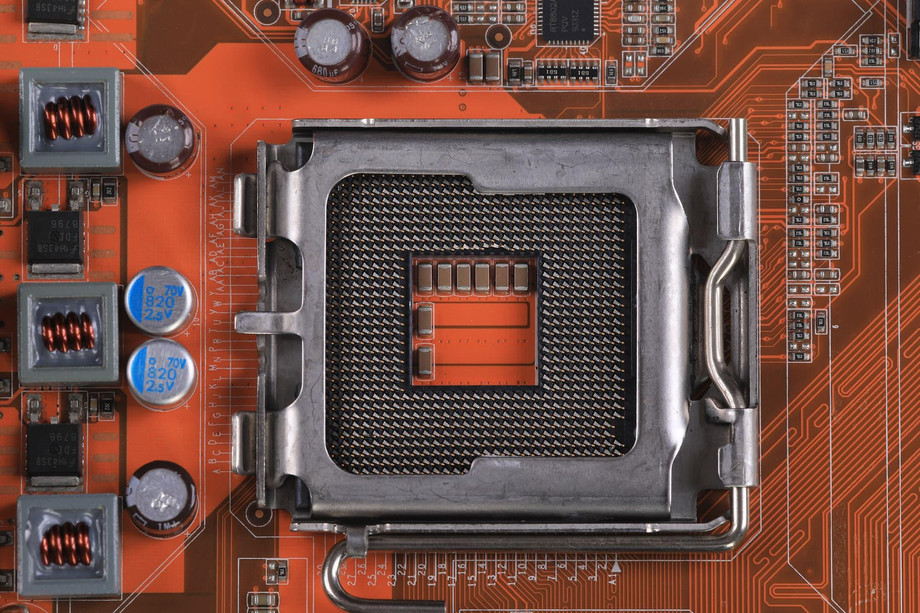In the rapidly evolving landscape of robotics, the importance of robust and efficient embedded hardware design cannot be overstated. As industries integrate advanced robotics into their operations, the demand for innovative embedded solutions has surged. This blog delves into the essential aspects of embedded hardware design tailored for advanced robotics applications, highlighting key components, design considerations, and future trends that shape this dynamic field.
Understanding Embedded Hardware in Robotics
Embedded hardware refers to specialized computing systems designed to perform dedicated functions within larger mechanical or electronic systems. In robotics, embedded systems serve as the backbone, enabling real-time processing, decision-making, and control. These systems encompass microcontrollers, sensors, actuators, and communication interfaces, all working together to create intelligent robotic solutions capable of performing complex tasks.
Key Components of Embedded Hardware in Robotics
-
Microcontrollers and Microprocessors
At the heart of any robotic system lies the microcontroller or microprocessor. These chips execute the software that governs the robot’s functions, from basic movements to advanced algorithms for navigation and decision-making. Selecting the right processor involves evaluating factors such as processing speed, power consumption, and compatibility with peripheral devices. -
Sensors
Sensors are crucial for enabling robots to perceive their environment. Various types of sensors—such as ultrasonic, infrared, and cameras—provide the data necessary for navigation, obstacle detection, and interaction with objects. The integration of sensor technology enhances the robot's situational awareness, allowing for more autonomous and intelligent operations. -
Actuators
Actuators convert electrical signals into physical motion, enabling robots to perform tasks such as lifting, moving, and manipulating objects. Selecting the appropriate actuator—whether it's a servo motor, stepper motor, or hydraulic system—depends on the specific requirements of the application, including speed, torque, and precision. -
Communication Interfaces
For robots to operate efficiently in a connected environment, robust communication interfaces are essential. This includes wired protocols like I2C and SPI, as well as wireless options like Wi-Fi, Bluetooth, and Zigbee. Effective communication allows robots to collaborate, share data, and receive instructions in real time.
Design Considerations for Embedded Hardware in Robotics
Designing embedded hardware for advanced robotics applications involves several critical considerations:
-
Power Management
Robotics often requires extensive power management strategies to ensure longevity and reliability. Designers must consider the power consumption of each component and implement solutions such as energy-efficient microcontrollers, power-saving modes, and optimal battery choices to maximize operational time. -
Real-Time Processing
Many robotics applications require real-time processing capabilities to respond promptly to dynamic environments. The choice of microcontroller and the optimization of algorithms play a significant role in achieving the necessary response times. -
Environmental Resilience
Depending on their application, robots may operate in harsh or unpredictable environments. Ensuring that embedded hardware is robust and can withstand factors such as temperature fluctuations, moisture, and dust is vital for maintaining operational integrity. -
Scalability and Modularity
As robotic applications evolve, scalability and modularity become essential design principles. Creating a flexible architecture that allows for easy upgrades and integration of new technologies will extend the lifespan of robotic systems and enhance their capabilities.
Future Trends in Embedded Hardware for Robotics
As technology advances, several trends are shaping the future of embedded hardware design in robotics:
-
AI Integration
The integration of artificial intelligence (AI) into embedded systems is revolutionizing robotics. AI enables robots to learn from their environments, adapt to new situations, and perform complex tasks with minimal human intervention. This shift necessitates more powerful embedded processors and sophisticated algorithms, paving the way for smarter robotic solutions. -
Edge Computing
The rise of edge computing allows robots to process data locally rather than relying on cloud computing. This minimizes latency, enhances data security, and enables real-time decision-making. As embedded systems evolve, incorporating edge computing capabilities will become increasingly important. -
Collaborative Robotics
Collaborative robots, or cobots, are designed to work alongside humans, enhancing productivity and safety in various industries. The design of embedded hardware for cobots must prioritize user-friendly interfaces, intuitive controls, and advanced safety features to foster seamless human-robot collaboration. -
IoT Integration
The Internet of Things (IoT) is transforming robotics by enabling connectivity between devices. Integrating IoT technologies into embedded systems allows for enhanced data sharing, remote monitoring, and control of robotic applications, leading to improved efficiency and new operational paradigms.
Conclusion
The landscape of embedded hardware design for advanced robotics applications is rich with opportunities and challenges. As industries continue to embrace automation and intelligent systems, the demand for innovative embedded solutions will only grow. By focusing on key components, addressing design considerations, and keeping abreast of emerging trends, engineers and designers can create cutting-edge robotic systems that meet the complex needs of modern applications. The future of robotics is bright, and embedded hardware will remain a critical player in driving this exciting evolution forward.
To Know More About embedded hardware design

